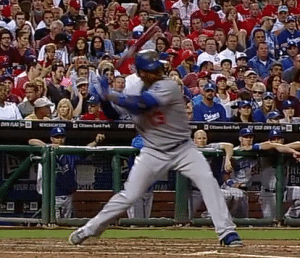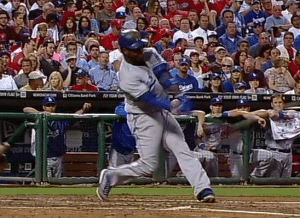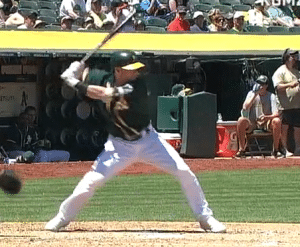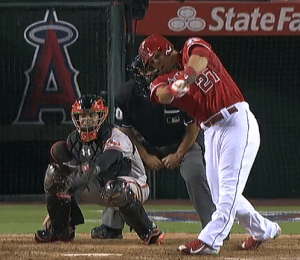You Too Can Get Your Hitters To Sharpen Plate Discipline, Re-Calibrate Timing, & Barrel The Ball More Often In Two 5-Swing Rounds Per Week With Distraction Training
(SAFETY DISCLAIMER: those that have had or are prone to epileptic seizures, SHOULD NOT use these goggles)…
Ongoing studies are revealing distraction training using Strobe Goggles are giving dramatic results from little use.
Here are a couple studies that were conducted…
PLEASE NOTE: The players and coaches were reminded of individual swing issues before and after each experiment period. During they were not. They were reminded of breathing, composure, and head position during the distraction. Generally and very often as encouragement and reinforcement.
A recent 6-week test was 5 swings without the goggles, 5 with, and 5 without, so 15 swings total per week. These hitters increased Ball Exit Speeds between 2 to 5-mph after the 6-week period.
Another recent 8-week study had hitters using goggles for 1-hour throughout the week, totally 100-150 swings per week. Swings without the goggles were mixed in throughout the week as well. These hitters averaged 14.3-mph Ball Exit Speed increases at the end of the 8-week period.
We can safely say that between those numbers we’ve seen a relative increase in positive performance output using the goggles.
My good friend Ken Carswell (KC) at HittersCode.com is SUPER busy cooking up brand new training gear disrupting how coaches practice:
- Plate discipline,
- Timing, and
- Barreling the ball more often…
…with their hitters.
If you remember, I did an interview with KC earlier in 2016, CLICK HERE to read that.
The Hitter’s CODE stands for:
- Cognitive
- Occlusion
- Distraction
- Environments
If you remember, video occlusion training is what Dr. Peter Fadde talked about in this interview I did with him – CLICK HERE.
Also, CLICK HERE to see how Perry Husband uses a pinch of distraction training to calibrate tracking and timing in this HPL interview.
Basically, KC the “Mad Scientist”, is putting together a “smart” hitter’s helmet that will benefit the three categories I mentioned before.
Here’s a taste of what’s coming (and is already here) with the distraction training helmet:
- Strobe Goggles as shown in the video above (Phase-1 and is a prelude to the helmet),
- Audio Distraction – this includes rhythm, disruption rhythm, crowd noise – boos v. cheers (Phase-1 and is coming when helmet is ready to launch at 2017 ABCA January conference in Anaheim, California),
- Phase-2 and details are in the works…
Believe me, distraction training WILL BE the FUTURE of hitting.
KC will reserve a spot for those interested in the distraction training helmet, so CLICK HERE to RESERVE YOUR SPOT today!








